In the vast, untamed wilderness, big cats roam majestically, capturing the imagination of anyone fortunate enough to witness their grace. These magnificent creatures, often portrayed as solitary and fierce, possess an affectionate side that many might find surprising. While their displays of affection may differ from the domestic cats purring on our laps, they are no less genuine. This article delves into the fascinating world of big cats, highlighting how they express their love and care in the wild. From gentle nuzzles to playful antics, these acts of affection remind us of the deep emotional bonds these animals can form.
Lions: The Social Kings of the Jungle
Lions, often dubbed the “kings of the jungle,” are known for their strong social structures. Unlike most big cats, lions live in prides, forming tight-knit family groups. Within these groups, affection is displayed through grooming, head rubbing, and playful interactions. Grooming is more than just hygiene; it’s a way for lions to strengthen social bonds and communicate trust. The gentle head rubs, known as “head bunting,” are a sign of affection and camaraderie. These acts are crucial for maintaining harmony and unity within the pride, showcasing the importance of family and friendship among these majestic creatures.
Tigers: Solitary Yet Affectionate Giants

Tigers are typically solitary animals, but that doesn’t mean they lack affection. During mating season, tigers exhibit tender behaviors towards their partners. They engage in playful chasing, gentle nuzzling, and mutual grooming. These interactions are vital for building trust and ensuring successful mating. Additionally, mother tigers are incredibly affectionate towards their cubs, teaching them survival skills while showering them with love and protection. This dual display of affection highlights the balance tigers maintain between independence and familial care.
Cheetahs: The Speedy Bond Builders
Cheetahs, renowned for their incredible speed, are also known for forming close-knit family groups. Female cheetahs raise their cubs alone, showcasing a deep bond through grooming, playing, and teaching. Sibling cheetahs often stay together for months, displaying affection through gentle bites and playful wrestling. These interactions are not only a testament to their familial love but also a crucial part of their development, teaching young cheetahs essential hunting and survival skills.
Leopards: The Solitary Lovers
Leopards, like tigers, lead solitary lives, but they exhibit affectionate behaviors during mating and with their offspring. Male and female leopards engage in playful chases and gentle nuzzles during courtship, building a connection essential for mating. Once cubs are born, mother leopards demonstrate immense care and affection, teaching their young to climb and hunt. This nurturing bond ensures the cubs’ survival, highlighting the deep-rooted love leopards have for their young despite their solitary nature.
Snow Leopards: The Enigmatic Affectionate Ones
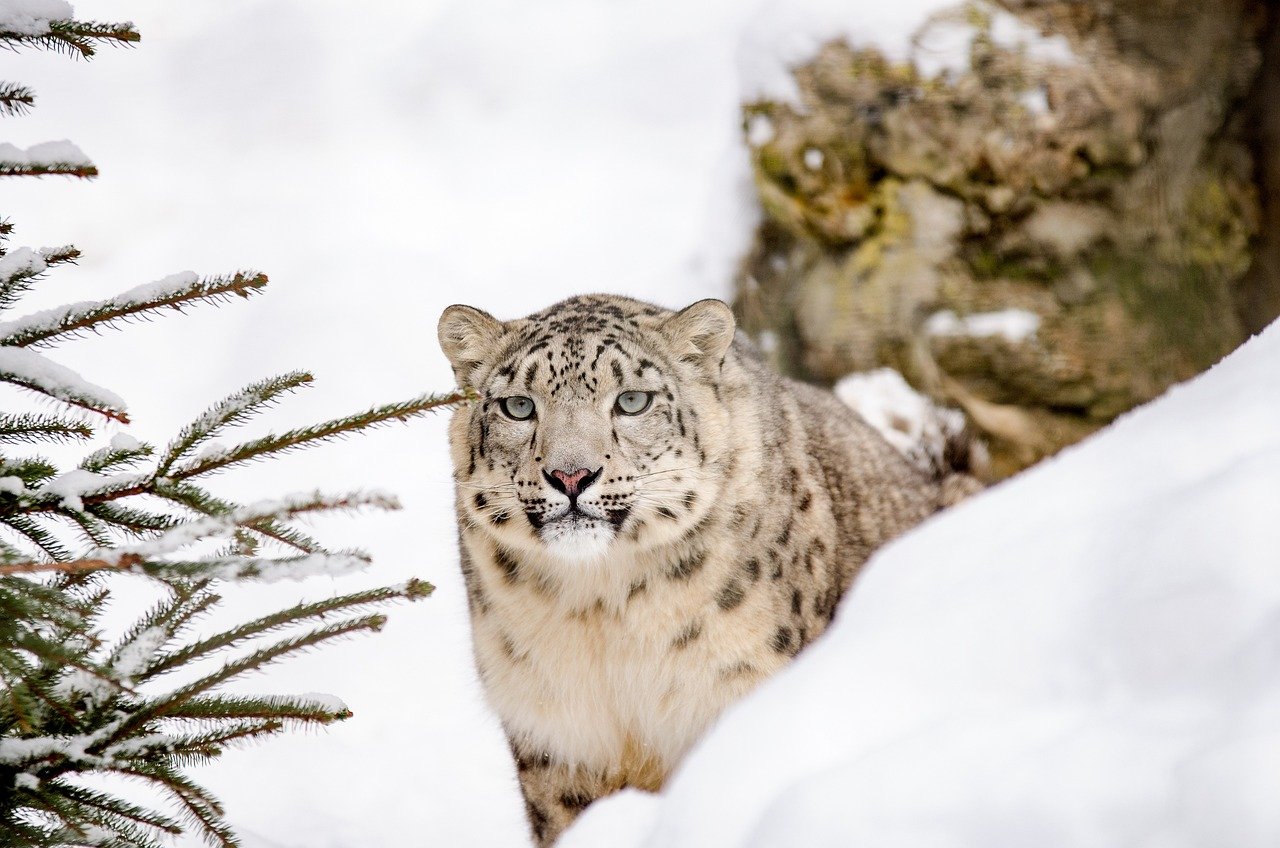
Snow leopards, elusive and mysterious, are often seen as solitary creatures of the cold mountains. However, they display a surprising level of affection, especially towards their cubs. Mothers are incredibly protective and nurturing, often seen playing and grooming their young. These interactions are crucial for the cubs’ development, teaching them essential life skills. The snow leopards’ affectionate side is a reminder of the deep emotional bonds that exist even in the harshest environments.
Jaguars: The Powerful Guardians
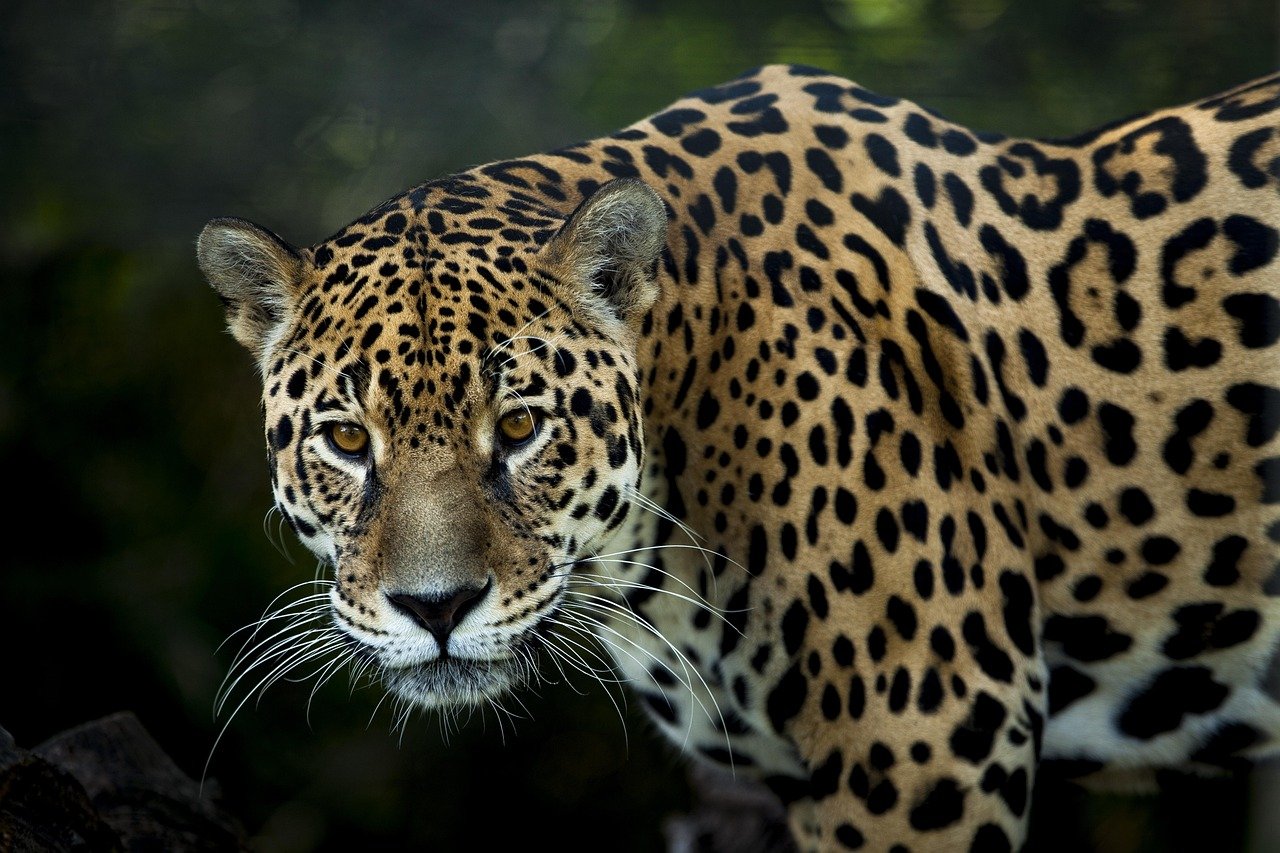
Jaguars, with their powerful presence and striking appearance, are known for their solitary nature. Yet, during the mating season, they exhibit tender behaviors towards their partners. Gentle nuzzles and playful interactions help establish a bond necessary for successful mating. Female jaguars are also fiercely protective and affectionate towards their cubs, teaching them hunting skills while ensuring their safety. These displays of affection highlight the jaguar’s deep commitment to family and survival.
Pumas: The Silent Affectionate Hunters
Pumas, also known as cougars or mountain lions, are stealthy hunters known for their solitary lifestyles. However, they show a surprising level of affection, particularly towards their offspring. Mother pumas are devoted and nurturing, teaching their cubs to hunt and survive. This bond is strengthened through playful interactions and grooming, ensuring the cubs’ growth and survival. The puma’s affectionate nature is a testament to the deep emotional connections these solitary hunters form with their young.
Caracals: The Graceful Companions
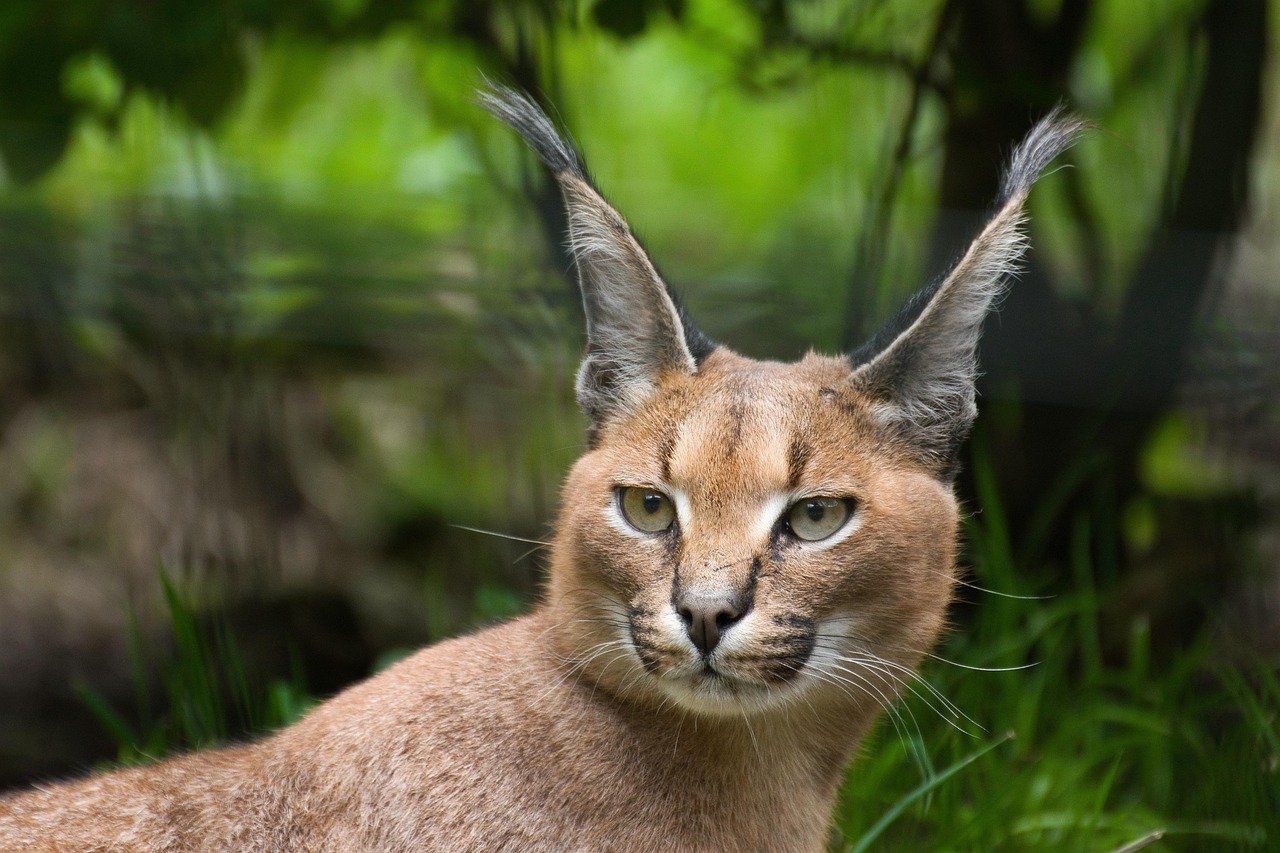
Caracals, with their striking tufted ears and graceful movements, are often seen as solitary animals. However, they engage in affectionate behaviors during mating and with their offspring. Males and females form temporary bonds, engaging in playful chases and gentle grooming. Once the cubs are born, mothers show immense care and affection, teaching them essential survival skills. These interactions highlight the caracal’s ability to form deep emotional connections despite their solitary nature.
Servals: The Playful Affectionate Hunters
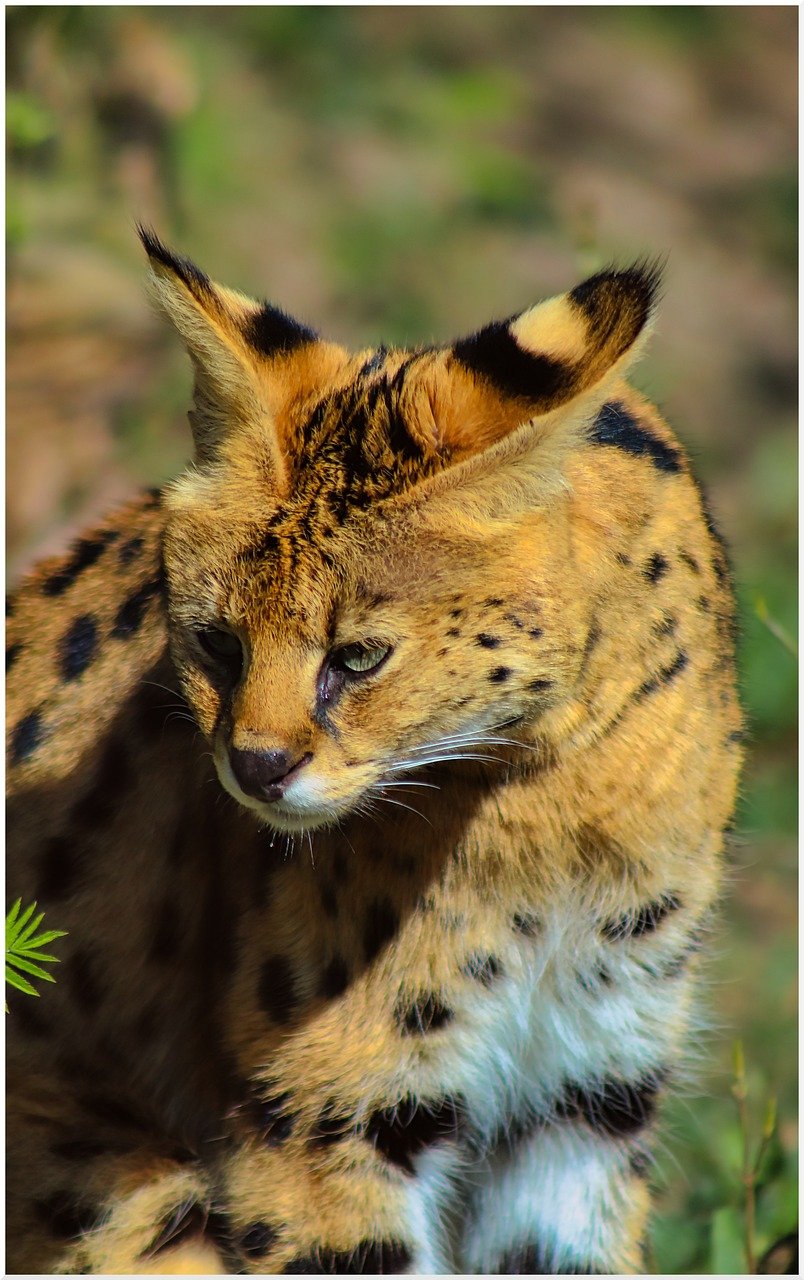
Servals, known for their long legs and exceptional hunting skills, are solitary by nature. However, they display affectionate behaviors during mating and with their young. Courtship involves playful chases and gentle nuzzles, establishing a bond necessary for successful mating. Mother servals are devoted and protective, teaching their cubs to hunt and survive. This balance of independence and affection showcases the serval’s deep commitment to family and survival.
Lynxes: The Mysterious Affectionate Predators
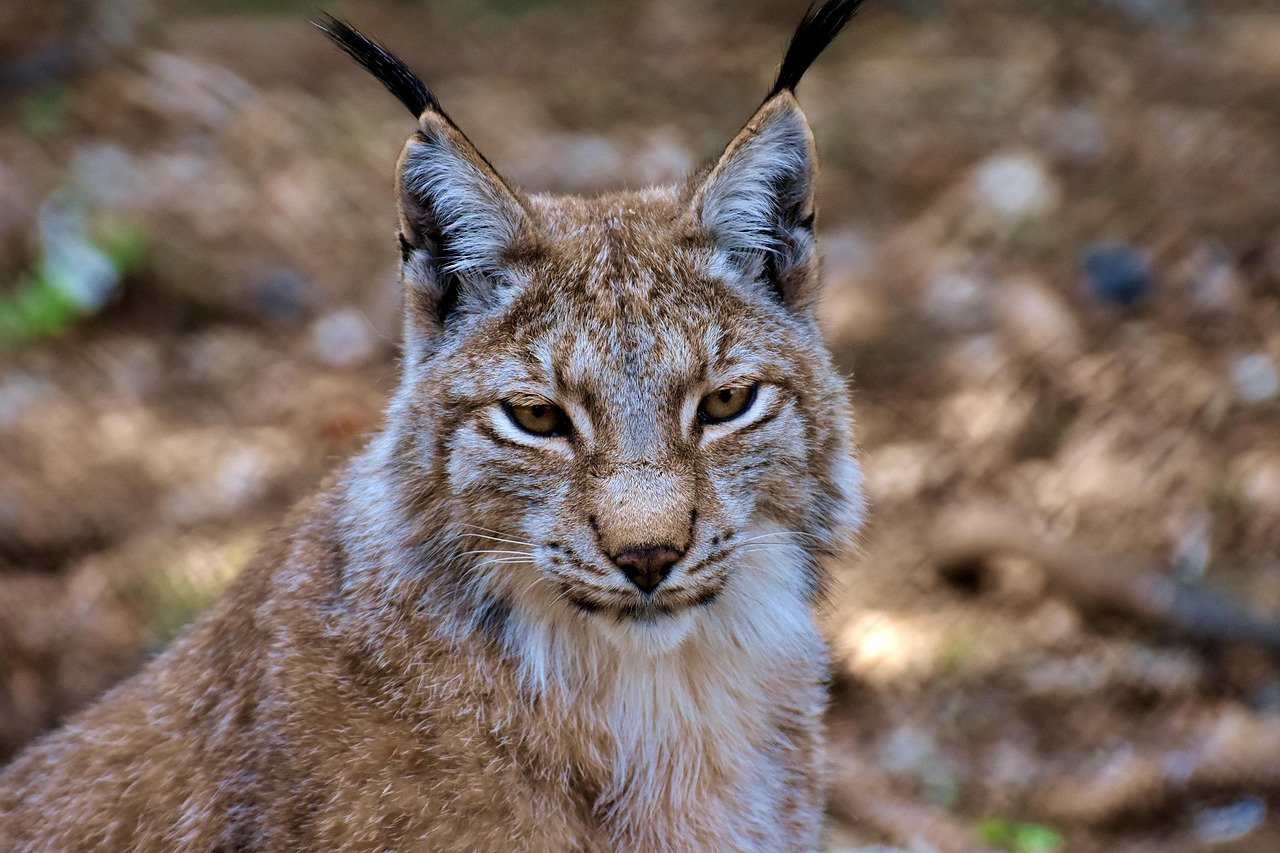
Lynxes, with their tufted ears and piercing eyes, are often seen as mysterious solitary predators. Yet, they display a surprising level of affection, especially towards their cubs. Mothers are nurturing and protective, engaging in playful interactions and grooming. These behaviors are crucial for the cubs’ development, teaching them essential hunting and survival skills. The lynx’s affectionate nature is a reminder of the deep emotional bonds that exist even among the most enigmatic of creatures.
Conclusion
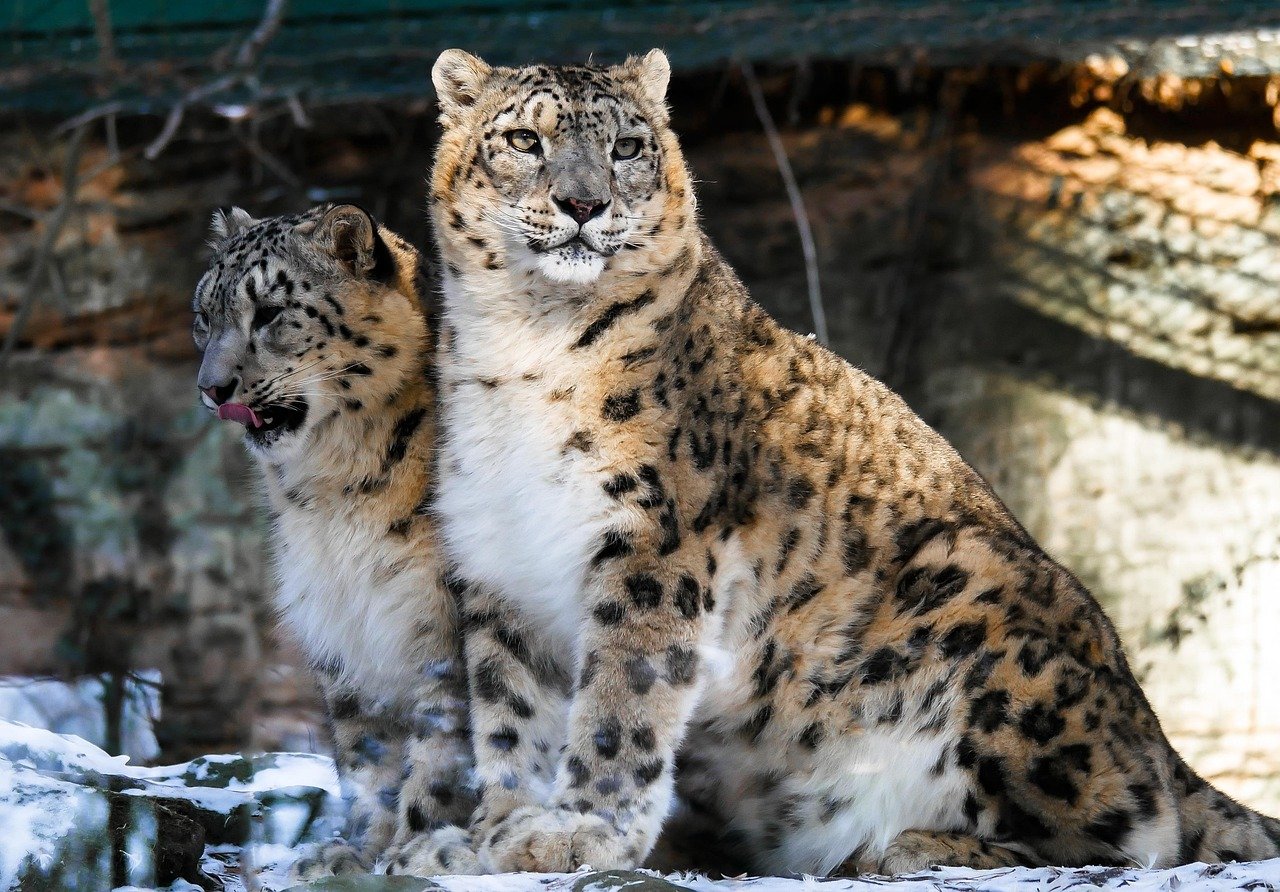
In the wild, where survival is often a daily challenge, the display of affection among big cats is a beautiful testament to the emotional depth these creatures possess. From the social lions to the solitary snow leopards, each species has its unique way of expressing love and care. These interactions not only strengthen familial bonds but also ensure the survival of future generations. As we observe these majestic animals, we’re reminded of the universal language of affection that transcends species, showcasing the complex and beautiful world of big cats.
Hi, I’m Bola, a passionate writer and creative strategist with a knack for crafting compelling content that educates, inspires, and connects. Over the years, I’ve honed my skills across various writing fields, including content creation, copywriting, online course development, and video scriptwriting.
When I’m not at my desk, you’ll find me exploring new ideas, reading books, or brainstorming creative ways to solve challenges. I believe that words have the power to transform, and I’m here to help you leverage that power for success.
Thanks for stopping by, Keep coming to this website to checkout new articles form me. You’d always love it!






